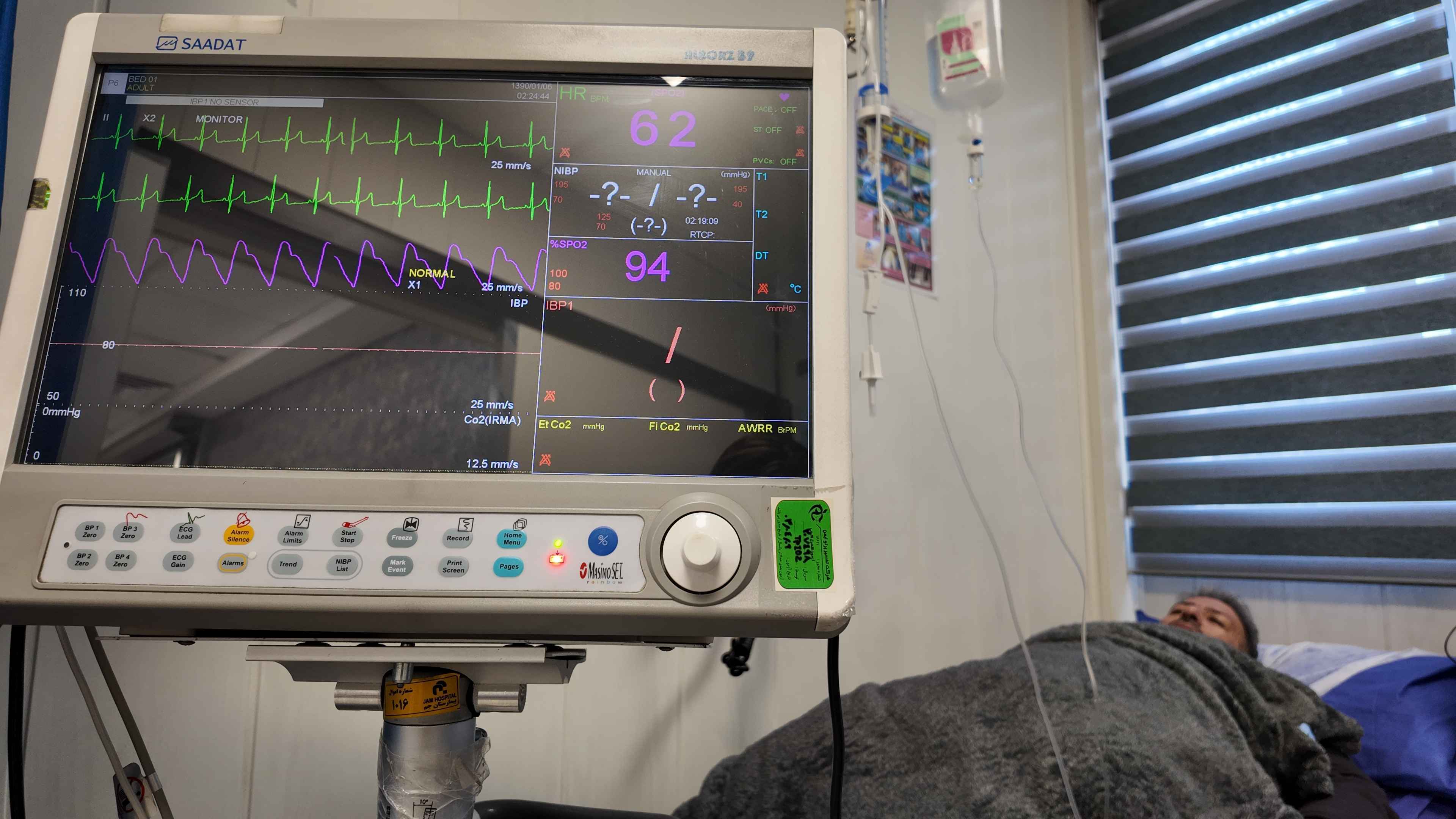
Theranostics is a concept in personalized medicine where similar or identical targeting molecules are used for diagnosis and therapy. In oncology, theranostics has gained increasing importance in recent years as advanced and difficult-to-treat malignancies have been effectively treated or controlled with few side effects. Radiopharmaceuticals are designed based on small molecular compounds that target cell surface receptors that are overexpressed in tumor cells. A theranostic pair refers to two similar drugs built on a similar targeting molecule but containing different active ingredients, such as two different radioisotope isotopes, for diagnosis and therapy. The great strength of the theranostic paradigm for peptide receptor radionuclide therapy (PRRT) lies in the accurate selection of patients in the imaging stage, who can benefit from the targeted radionuclide. Therapeutic radiopharmaceuticals are labeled with beta or alpha emitting radioactive isotopes. One of the beta-emitting isotopes is Lutetium-177 (177Lu), which has been successfully used to treat certain types of cancer, such as neuroendocrine tumors or advanced prostate cancer with Lutetium-DOTATATE and Lutetium-PSMA. At Jam Hospital, your PRRT treatment with Lutetium-177 compounds will be performed under the supervision of nuclear medicine consultants.
